We're all familiar with the expression that a dog is man's best friend. And cats... well, they make excellent masters as fellow devotees can attest to! The same can pretty much be said of a garden. A garden is relaxing, meditative, feeds our family with fresh produce, and supports neighbourhood bio-diversity whilst demanding attention in return for maximising those benefits. It makes sense that our outdoor spaces are pet friendly. Our fur companions are also valued family members and gardens should be for everyone.
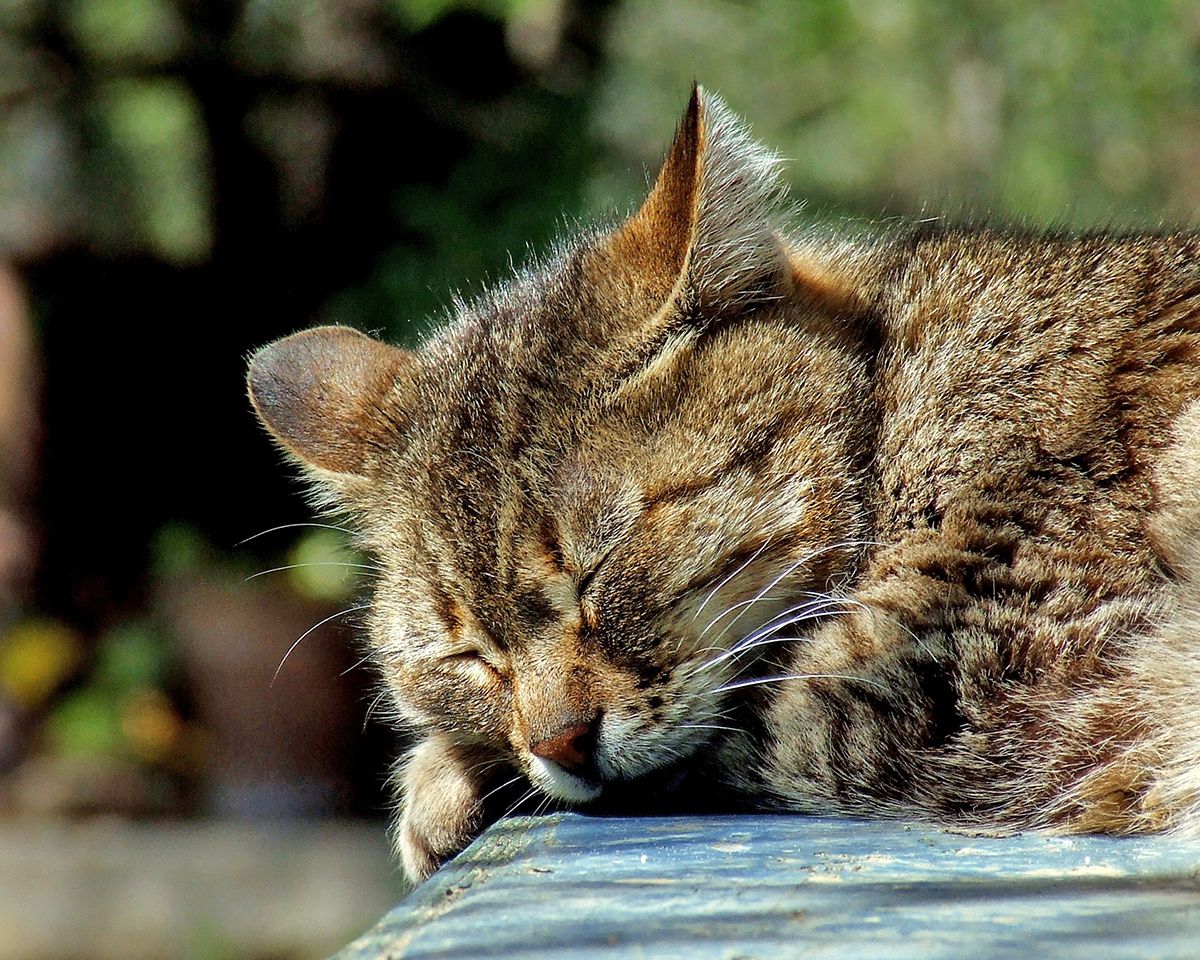
What are the benefits of a pet friendly garden?
Our wellbeing is directly linked to our connection to nature. This is across the board and valid for all living beings. Apart from the myriad of obvious benefits, a garden optimises mental and physical health.
If we're looking for a way to save money and reduce food waste, a productive organic garden is an excellent solution, regardless of size. We can grow our own vegetables and fruits without having to buy them from the supermarket. Some is better than none; every salad counts! It's hardly rocket science to grow plants that are physically good for us and our pets, such as herbs, edible flowers or certain types of grasses, but it does require some research and care. Some plants will help protect the entire family from pests. What's not to love?
A pet friendly garden helps reduce carbon emissions because it doesn't require any fossil fuels during its production process like some commercial farms do. Instead of buying synthetic toys steeped in chemicals often embedded with modern slavery & environmental exploitation, grow your own! It can be as easy as planting a handful of medicinal violets, mint or catnip in a semi-shaded corner. Pretty, potent & guilt free.
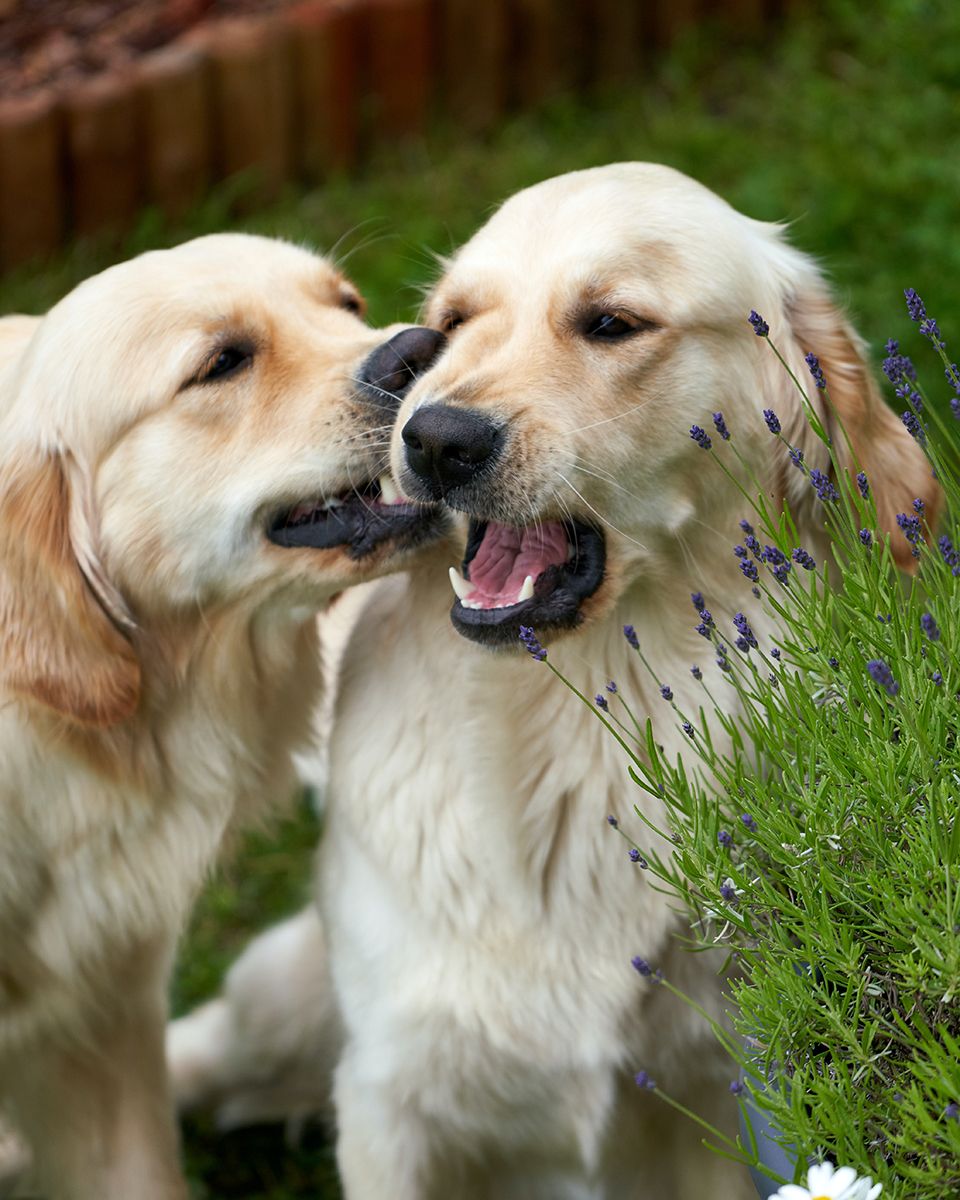
How can you create a pet friendly garden?
- Use a range of textures and shapes.
- Use natural materials. Create vertical and horizontal hideaways in the sun and the shade.
- Plant species which our fur friends love like edible aromatics - marigolds, catnip, lavender, rosemary, chamomile, thyme. Herbs such as pennyroyal and wormwood deter fleas and flies. Rodents dislike peppermint whilst cats and dogs love it.
- Keep it simple!
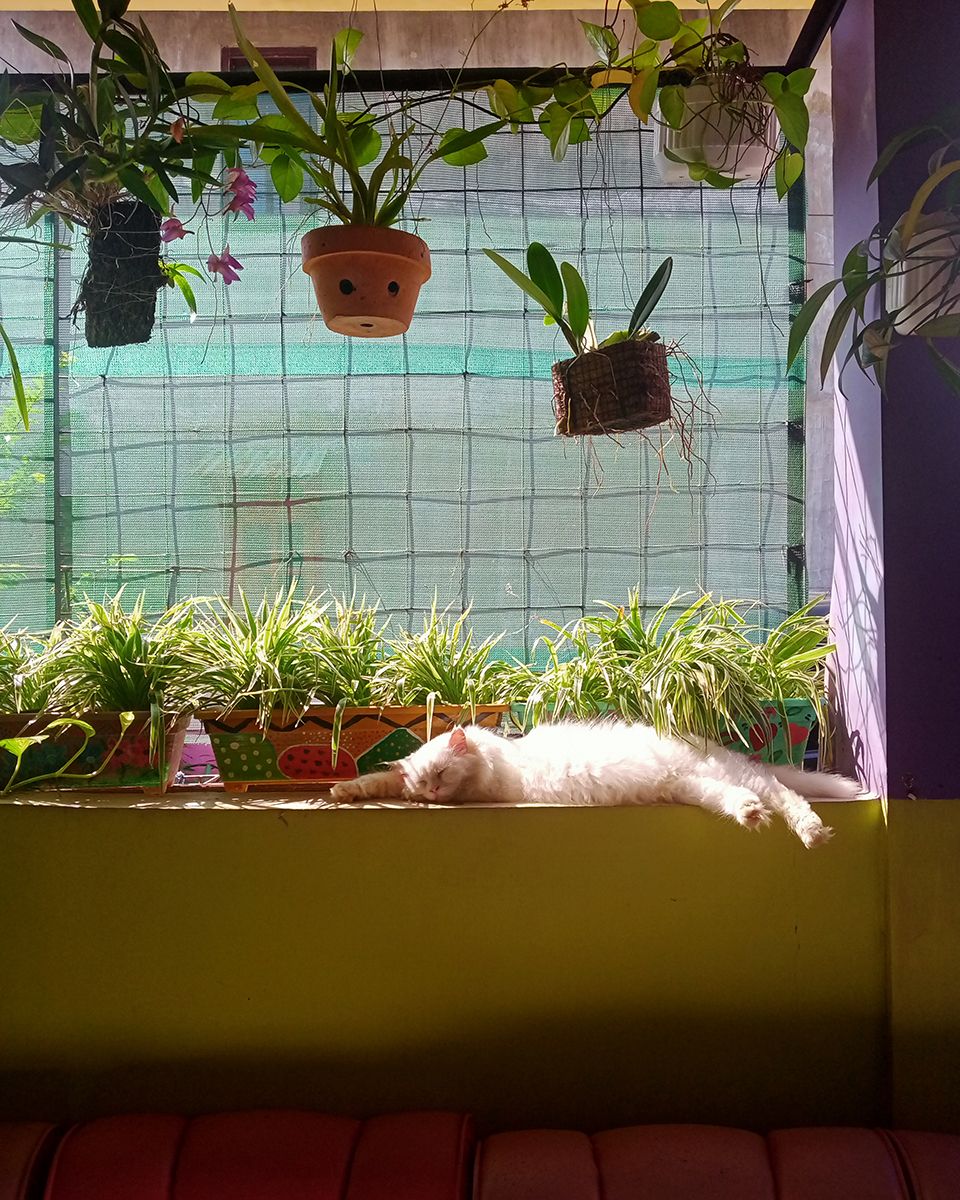
What should I consider when choosing plants for my pet friendly garden?
Check for plants that are toxic. Some plants can be poisonous if ingested by our pets. Avoid poisonous or toxic ones altogether! These include mushrooms such as Amanita phalloides [death cap] and flowering plants like azaleas, daffodils, chrysanthemums, rhododendrums.
Use plants that are hard to chew. If a dog or cat likes chewing on things [who doesn't?], then it's best to avoid using any plants with thin leaves and stems as they'll likely get chewed up quickly. Instead opt for thicker-leaved varieties like rosemary or lavender which will stand up against those sharp teeth!
No one should ever use pesticides in their garden, but most especially those with children and pets who are most likely to come into close quarters with toxic material. Every shade of NO!
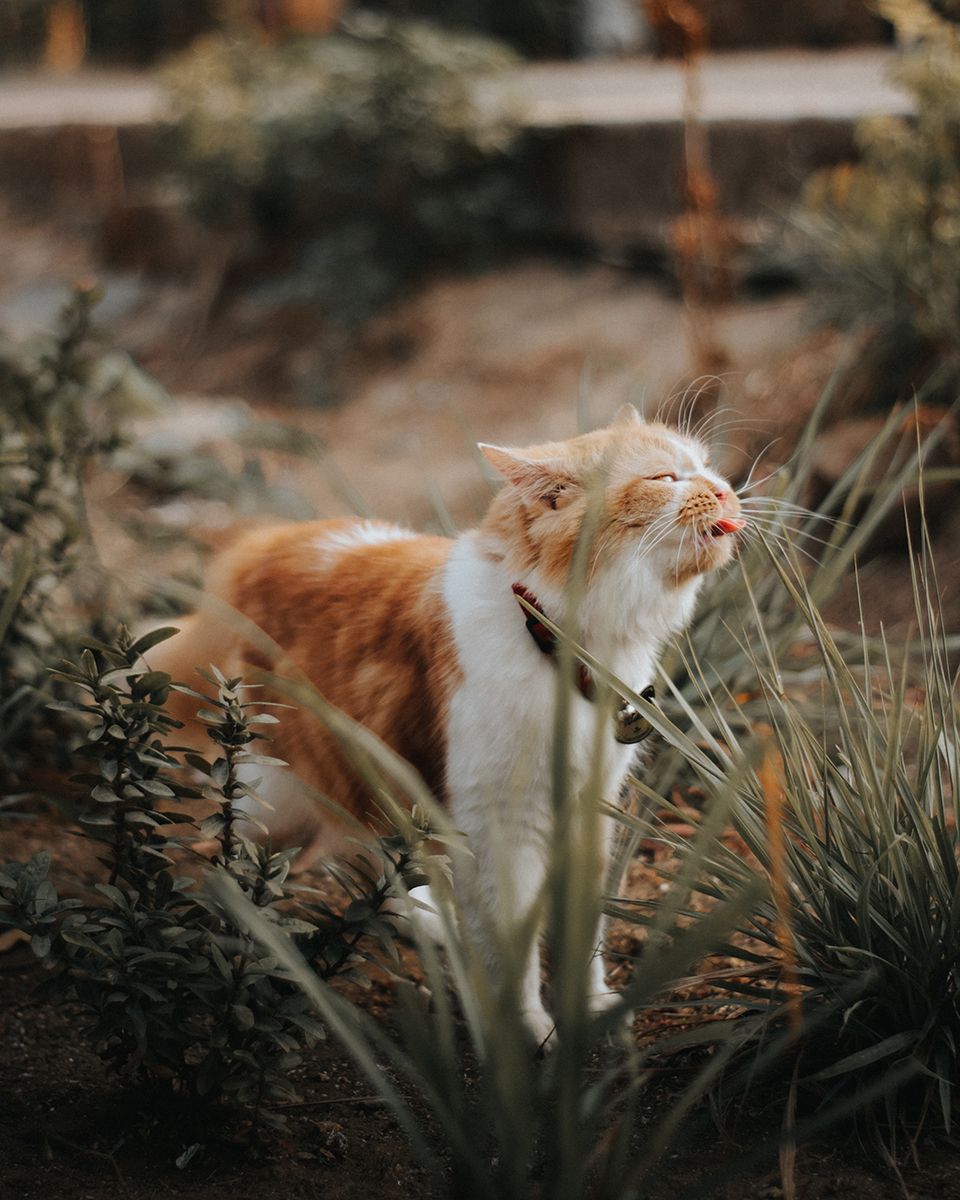
How can composting benefit me and my pets?
As we know, composting is a natural process where organic material is broken down into a nutrient-rich soil addendum. This can then be used in our garden or as mulch to help retain moisture in the soil whilst re-building it. Compost can also be used to make potting soil and clean up after pets if we learn how to effectively manage it all. Plus our fur friends can help do their bit, just by doing their bit...
How can I safely integrate pet waste into my garden?
The first step to composting pet waste is to understand exactly what it is. As stupid as that may sound. Pet waste is the by-product of your furry friend's bodily functions - what goes in must come out! Whether that is at home, on the verge or in the local park. Pet waste is an umbrella term which includes anything from dog poo to cat litter, rabbit & guinea pig droppings etc.
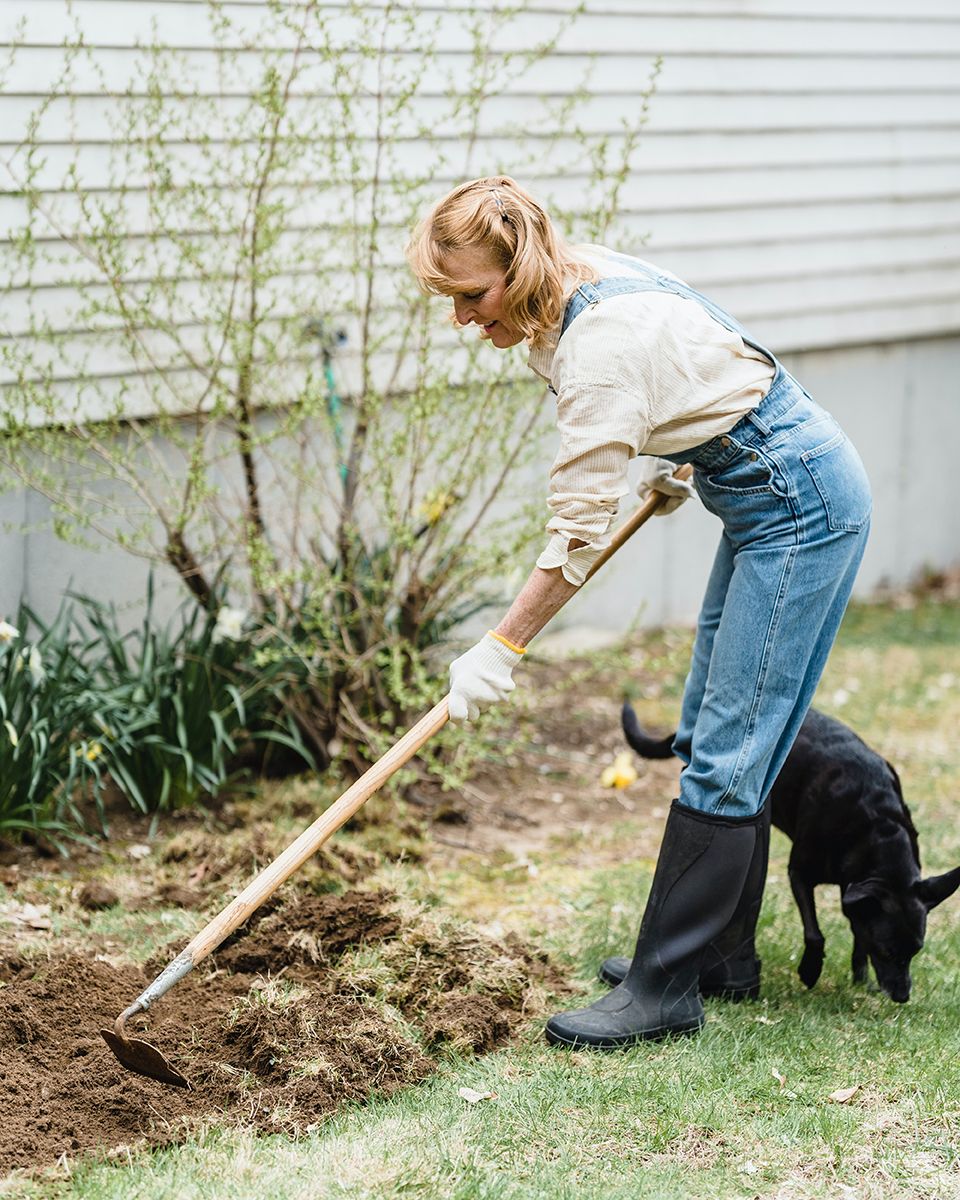
Pet waste should never be thrown into regular garbage bins as it contains harmful bacteria and is a toxic contribution to landfill. It is a great resource for your garden, yet needs to be composted safely to avoid risk of harming ourselves with pathogens like E.coli and salmonella. Composting pet waste reduces methane emissions by returning organic material back into the eco-system as potent fertiliser whilst preventing harmful chemicals from entering waterways through runoff!
Some parasites found in faeces can spread disease if they get into the food supply through improperly handled compost piles [or even just handling raw meat without washing hands afterwards] so it's paramount to be conscious of this.
How do we ensure our pet compost is safe to use?
Keep away from children's play areas. The wee tykes have a tendency to shove everything in their mouths and although many things do help build immunity, there are others which are best avoided.
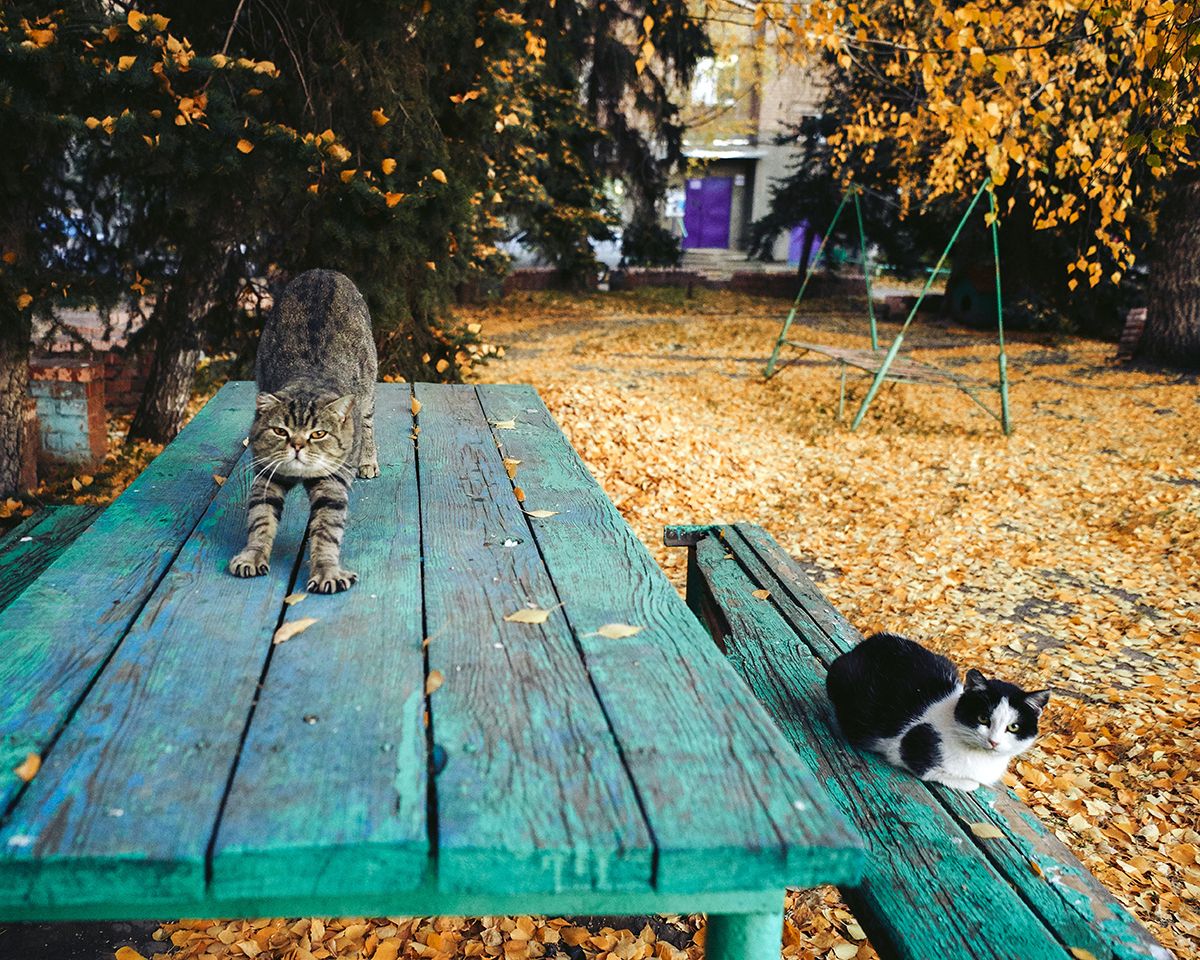
When composting at home, ensure that piles are kept away from food and edible plant areas. And also check that our fur friends are not digging it back up and redistributing ad hoc.
There are many ways to compost pet waste but the easiest is to use a dedicated system and treat it much the same way as compost is normally treated within the above parameters. In ground systems are excellent as are above. My ideology is always, whatever works! Which is always changing. Gardening is a process of observation more than anything and tweaking stuff as you go.
I personally use above ground containers because I live on rock and clay hardpan. I've tried a couple of different approaches including a tumbler. In hindsight, I don't recommend tumbling for pet waste as airborne pathogens fly when turning. Go figure! I modify wheelie bins with DIY air filtration [nothing a hole saw, 50mm PVC pipe as extractors with mesh caps can't take care of!] to allow for more aerobic activity and place them in the sun for solar acceleration. Typically I let it ferment for 12 months before redistribution. This is great if you have the space and no close neighbours. It just depends on what suits the situation best. We all have different requirements and spaces with a common end goal of not wasting a valuable resource or further negatively impacting our environment.
In ground systems such as the EnsoPet are very effective and odour free. They're also incredibly discreet with next to no visual impact in a gardenscape. They're no fuss apart from the initial installation which requires a hole dug and can be placed anywhere outside of a 1 metre distance from food plants and native trees. Out of sight and out of mind. Except for pooper scooper time. Works well for cats and dogs alike! Using an enzyme accelerant helps move things along more quick as the microbes do their work to break it all down and slowly release into the surrounding soil.Gardens
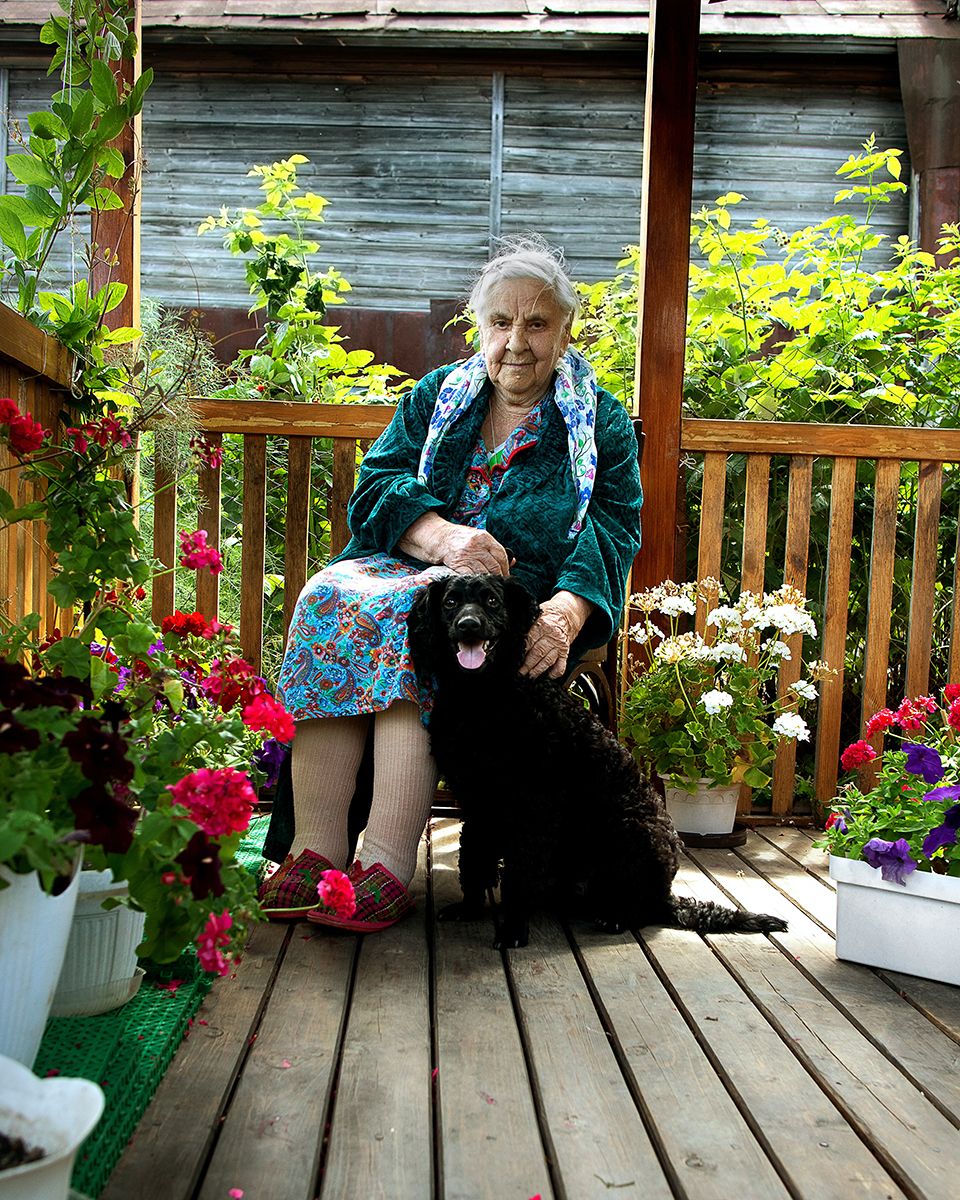
Gardens for everyone!
There are incredible benefits to making our gardens friendly to all family members. Our fur friends have similar needs to us and more. And where we have the freedom to come and go as we please, they usually do not. All the more reason to be mindful and responsible for creating wonderful spaces which provide stimulating and safe spaces for us and them. Whilst managing the stuff we don't want underfoot responsibly. Our own backyard/balcony cycle of life.

